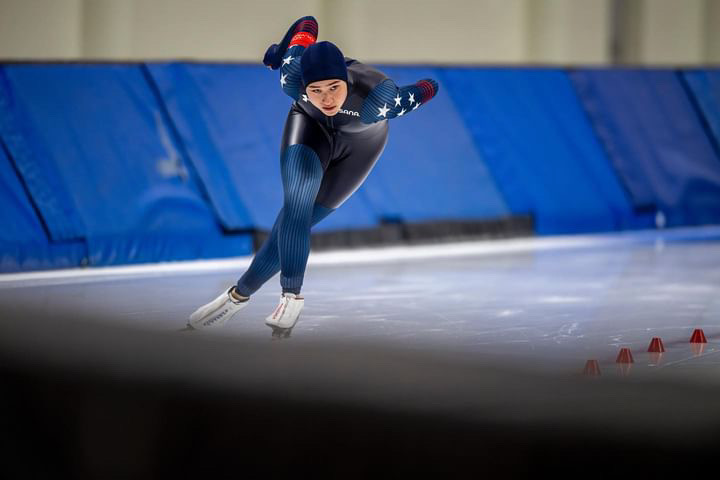As my family prepares to help my grandmother transition to a new living situation due to her dementia, my heart is heavy with the weight of the challenges this disease presents. The emotional toll it takes on families is profound, and many experience a deep sense of loss as they watch their loved ones fade away. While my grandmother’s journey is deeply personal, I find solace in an article documenting recent scientific advancements that could potentially alleviate the suffering of many families facing similar challenges. (Read More.)
A groundbreaking innovation in neuroimaging from West Virginia University (WVU) may hold the key to better understanding and treating conditions like dementia. Researchers, including Julie Brefczynski-Lewis, have developed a revolutionary upright neuroimaging device that allows patients to move around while undergoing brain scans. Traditional Positron Emission Tomography (PET) scanners require patients to lie still, which can be particularly challenging for those with conditions that cause involuntary movements, such as Parkinson’s disease, or cognitive impairments like dementia. “A lot of PET imaging is being done for research or diagnostics with patients with diseases that cause involuntary or uncontrollable movement… This makes it difficult or impossible to test these patients when their symptoms become too severe” (ScienceDaily).
The new device, known as the Ambulatory Motion-enabling PET (AMPET), could significantly change how researchers study brain activity. It not only allows for movement during scans but also improves the quality of imaging. “What we like about the AMPET is that it moves with the head, and you can be in a real environment where you’re immersed and walk with it on,” Brefczynski-Lewis explains. This is particularly beneficial for dementia patients, who often struggle to remain still during traditional imaging procedures. The AMPET enables researchers to capture brain activity while patients are awake and alert, which could lead to more accurate diagnoses and improved treatments.
During the prototype testing, the team assessed volunteer outpatients who were already receiving imaging medications. The results were promising; they observed significant brain activity in the regions responsible for leg movement when patients walked in place. “We observed brain activity in the parts of the brain that control leg movements when the patients walked, which was what we had hoped to see” (ScienceDaily). This success illustrates the potential of the AMPET to facilitate a deeper understanding of brain function in real-world scenarios.
Furthermore, the researchers aim to enhance the device by incorporating a motion tracking system and expanding the helmet’s design to image larger areas of the brain. “Motion tracking is already made for other technologies, so all we have to do is apply it to our device” (ScienceDaily). This will ensure that critical brain areas are not missed during imaging sessions.
The implications of this research extend beyond the realm of dementia. The AMPET could also aid neuroscientists in exploring human behaviors and activities that involve natural movement, such as gestures and balance. Brefczynski-Lewis noted, “In order to study balance, people have been in MRIs lying down and imagining themselves balancing, which isn’t the same as actually balancing” (ScienceDaily). This could lead to breakthroughs in understanding how we interact with the world and each other, providing invaluable insights into emotional and cognitive functions.
Looking ahead, Brefczynski-Lewis and her team envision the AMPET being used in various applications, including monitoring brain activity in individuals with PTSD and integrating with virtual reality technologies. “To be able to image the brain in motion, we’re showing that there’s a whole new field that could open up because of our device” (ScienceDaily), highlighting the transformative potential of their work.
As my family navigates the emotional complexities of my grandmother’s dementia, the development of tools like the AMPET offers hope not just for my loved ones but for countless families impacted by similar struggles. With each advancement in neuroscience, we move closer to a future where we can better understand, diagnose, and ultimately treat dementia and other neurodegenerative disorders, sparing families the pain of watching their loved ones slip away.
The journey to a better understanding of dementia is ongoing, and while my grandmother may not benefit directly from these advancements, I hold onto the hope that one day, no family will have to endure the sadness that comes with this devastating disease.
Source:
West Virginia University. (2024, August 7). Walking the walk, scientists develop motion-compatible brain scanner. ScienceDaily. Retrieved September 18, 2024 from www.sciencedaily.com/releases/2024/08/240807122727.htm




I found this article really useful and engaging. The site always provides high-quality and valuable
content.